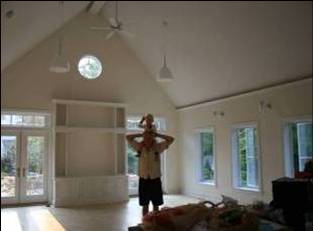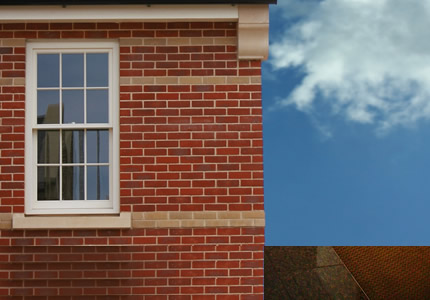- 73 reads

Spend $700 now and
SAVE $300 each year...
ROI = 42.9%
Highlights
When replacing or adding windows, choose ENERGY STAR® qualified windows with a U-Factor of 0.35 or less. The lower the U factor the better, since it measures heat transfer throughout the whole window unit. Low Emissive (Low-E) windows help reduce your energy bill up to 15%, by lowering the way that the windows transfer heat, and they reduce fading by up to 75%.
The metallic coating does not reduce visibility, because it reflects the long-wave light rays that carry heat and UV but not light. The average life of a Low-E window is 30 years, and the cost to replace a window is $750 - $950 for material and labor. Low-E windows may only cost about 5% more than equivalents without Low-E. In a typical home, Low-E saves between $125 - $450 a year when replacing single-pane and saves $25 -$110 a year over double-paned, clear glass replacement windows.
The ROI Calculation is based on average energy bills of $2,000 a year with heating/cooling using 40% of the energy. The calculation factors in replacing 20 single pane windows at an added cost of $35 per window and $15 of energy savings per window per year. Plus, considering the tax credits, this item could be significantly cheaper.
TAX CREDITS: The American Recovery and Reinvestment Act (ARRA) provides you with a 30% Tax Credit for exterior energy efficient Windows that are put into service by the end of 2010. This tax credit item is only for existing homes, not new construction, that is your primary residence and it includes ONLY the cost of materials and NOT installation. (3 KEY POINTS - #1: The tax credit cap is $1,500 on collective home improvement elements other than Geo-Thermal 'Ground Source' Heat Pumps, Solar Hot Water Heating, Solar Photovoltaic, and Fuel Cell systems - which each have no cap and are eligible through 2016. #2: The tax credits for exterior 'weatherization' improvements like windows, doors and insulation do not include the cost of installation! #3: If you reach the $1,500 cap in 2009, you are not eligible for additional tax credits in 2010.) Choose exterior energy efficient Windows that meet these criteria to get the Tax Credit; and check products carefully, because in many cases an ENERGY STAR certification does not necessarily meet the tax credit requirements below:
Exterior Windows:
• They must have a U-factor and Solar Heat Gain Coefficient (SHGC) less than or equal to 0.30. You can find the U-factor and SHGC on the National Fenestration Rating Council (NFRC) label. • Only some Energy Star equipment will qualify.
Storm Windows:
• Must meet IECC in combination with the exterior window or door over which it is installed, for the applicable climate zone. • For windows, a Manufacturer’s Certification Statement will list the classes of exterior window (single pane, clear glass, double pane, low-E coating, etc.) that a product may be combined with to be eligible. • A Manufacturer’s Certification is a signed statement from the manufacturer certifying that the product or component qualifies for the tax credit. The IRS encourages manufacturers to provide these Certifications on their website to facilitate identification of qualified products. Taxpayers must keep a copy of the certification statement for their records, but do not have to submit a copy with their tax return.
 Consider Casement Windows that give you
Consider Casement Windows that give you
the ability to adjust the amount of
fresh air, breeze, and maximize views by
opening them up all the way.



